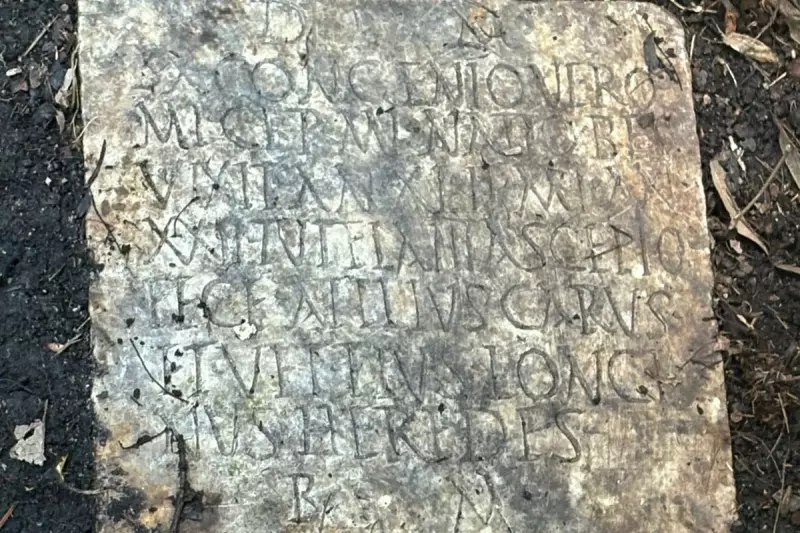
In an extraordinary tale of archaeological detective work, a stone that spent years serving as a decorative garden feature in New Orleans has been revealed to be a genuine 2,000-year-old Roman headstone.
The remarkable discovery began when a Louisiana resident noticed the unusual object in a friend's garden and suspected it might be more significant than ordinary yard decoration.
From Garden Feature to Historical Treasure
What appeared to be a simple piece of stone decoration actually contained faint Latin inscriptions and imagery that caught the attention of keen observers. The homeowner had acquired the piece years earlier, completely unaware of its true historical value and ancient origins.
Archaeological experts were brought in to examine the mysterious stone, and their findings were astonishing. Through careful analysis of the inscriptions and artistic style, they determined the headstone dated back to the first century AD.
A Transatlantic Journey Through Time
The headstone's journey from ancient Rome to a modern American garden remains partially mysterious. Experts believe it likely travelled through the antiquities market before eventually finding its way to New Orleans.
This discovery highlights how historically significant artefacts can sometimes surface in the most unexpected places, having been separated from their original context and true identity for decades or even centuries.
Understanding Roman Burial Practices
The headstone provides valuable insights into Roman funerary customs and artistic traditions. Such stones typically commemorated individuals of some status within Roman society, often featuring inscriptions that named the deceased and sometimes included personal details or expressions of mourning from loved ones.
The identification process involved meticulous work by specialists in Roman epigraphy and material culture, who were able to authenticate the piece and place it within its proper historical framework despite its unusual modern history.
This unexpected discovery serves as a reminder that historical treasures can sometimes be hiding in plain sight, waiting for the right observer to recognize their true significance.





